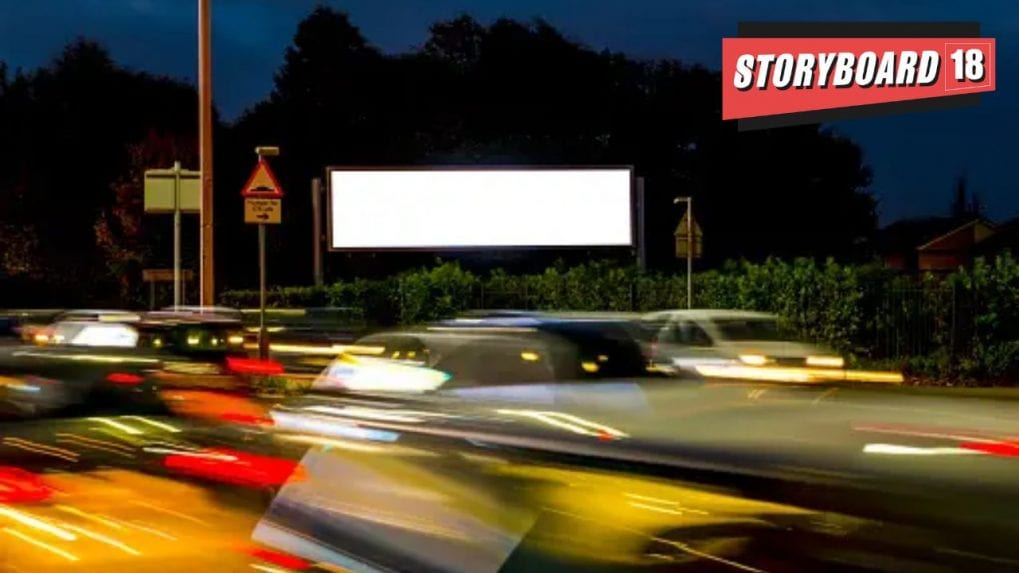Brand Makers
Dil Ka Jod Hai, Tootega Nahin

The Uttar Pradesh government is set to overhaul its outdoor advertising strategy by replacing traditional hoardings with digital and electronic displays across the state. This initiative, outlined in the draft Advertising Policy-2025, aims to enhance revenue generation while promoting environmentally sustainable advertising practices.
The draft is set to be presented to the Cabinet.
It is to be noted that the UP government aims to double its advertising revenue over the next five years, projecting an increase from Rs 78.9 crore in 2024-25 to Rs 158.7 crore by 2029-30. Under the leadership of Chief Minister Yogi Adityanath, the Department of Urban Development has prepared a comprehensive roadmap to achieve the target, which includes leveraging digital and static advertisements, constructing new streams and expanding municipal boundaries.
The Department of Urban Development has reportedly proposed this shift to digital mediums to reduce environmental pollution and operational costs. Officials note that digital hoardings consume up to 70% less energy than conventional lighting systems and minimize non-biodegradable waste associated with traditional flex banners and posters.
The policy includes provisions for standardized advertising durations and rates, with five minutes per hour reserved for government and municipal social messages. Additionally, one day each month will be allocated for the free broadcasting of public interest messages. In emergencies, the Disaster Management Act 2005 will facilitate the timely dissemination of essential information.
"The raucous, almost deafening, cuss words from the heartland that Piyush Pandey used with gay abandon turned things upside down in the old world order."
Read MoreFrom OpenAI’s ChatGPT-powered Atlas to Microsoft’s Copilot-enabled Edge, a new generation of AI-first browsers is transforming how people search, surf and interact online — and reshaping the future of digital advertising.